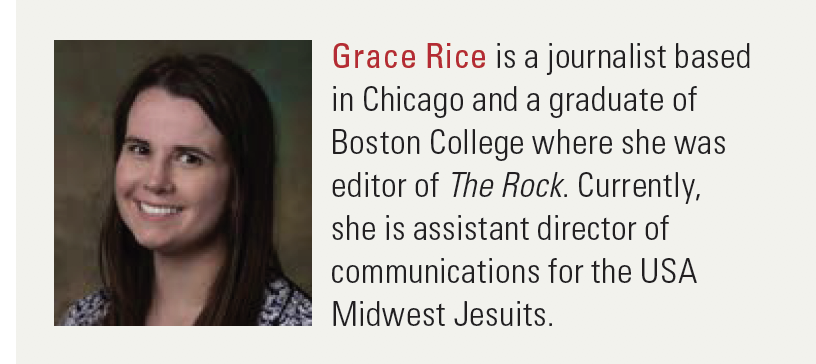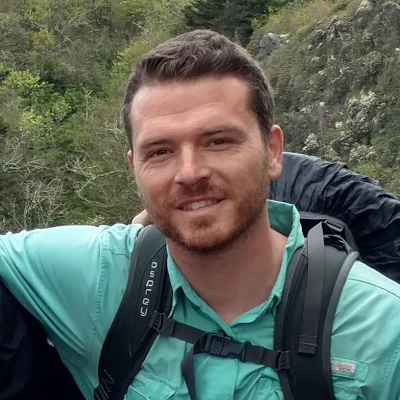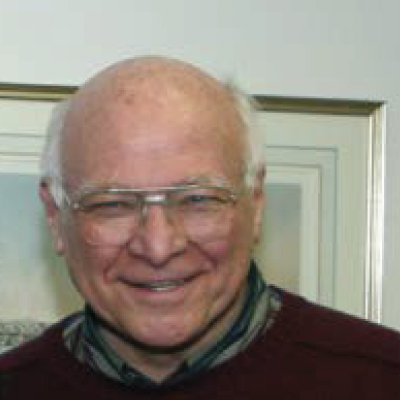
The Longtime Lay Employees of Jesuit Institutions
By Grace Rice
The average adult will have 12 different jobs over the course of their time in the workforce, and this number continues to grow. A 45-year—let alone 60-year— tenure at a single institution is essentially unheard of in most industries. However, Jesuit works—be it schools, universities, missions, or even retreat centers—tend to attract people who stay for life. Why is that? For John Chandler, who has been named as the first lay president of Saint Ignatius College Prep in Chicago, it’s not so much the job as the place. Chandler started as a
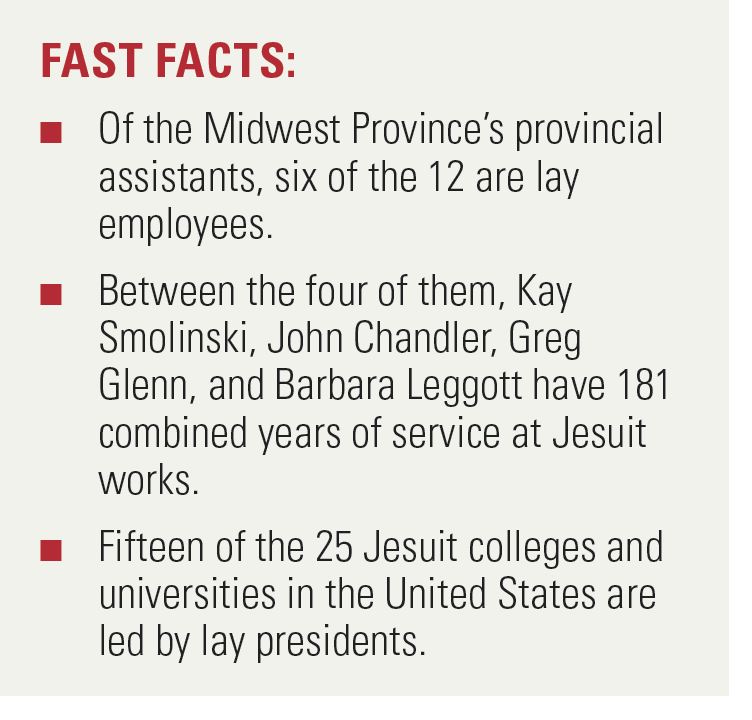
classics and history teacher in 1974 and has since held many other positions, including men’s soccer coach, business manager, and vice president of operations. He notes, “The Jesuits saw something in me that maybe I did not even see in myself. And that was the ability to take on other ministries within the school, and for that I am very grateful that the Jesuits at Saint Ignatius felt that there were other opportunities for me to grow in my faith and in my professional skills.” Chandler will begin his duties as president this summer.


Greg Glenn, who teaches social studies at Creighton Prep in Omaha, Nebraska, has a similar recollection as he recalls his gratitude for Fr. Eugene Dutkiewicz, SJ, who hired him back in 1977. Glenn has remained a social studies teacher over the course of his time there, which he describes as “a calling for life.” When he was a student at Creighton Prep himself, he decided that he wanted to be a teacher who would “change the world, one person at a time.” He went on to attend Santa Clara University in California, where he was further influenced by the Jesuits, “particularly regarding service and what we call magis.” Like many of his counterparts at Jesuit institutions, Glenn finds that the work strengthens his faith. “I feel like I’m serving the Lord by serving his people.”
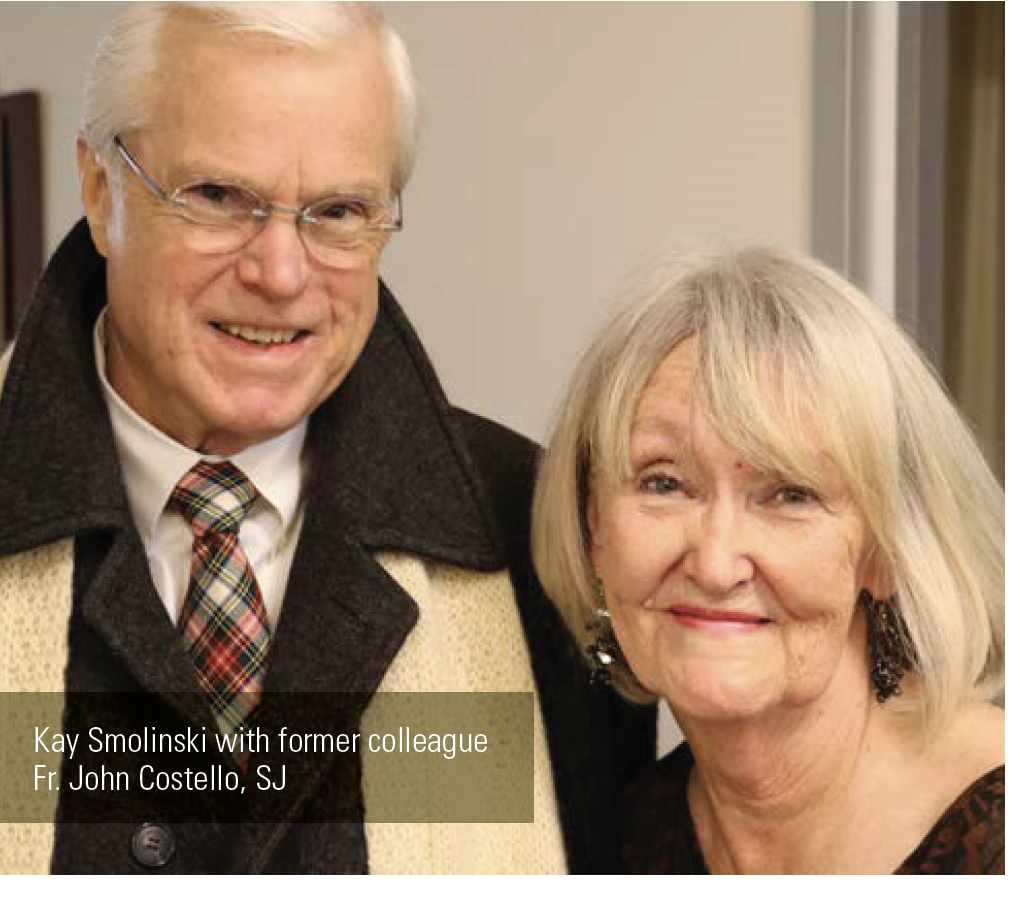
Kay Smolinski, who started working for the Jesuits (originally at the Jesuit Seminary Association) in 1960 and just recently retired from the Midwest Province office, also views her work as complementary to the ministries. Her time with the Jesuits spanned several decades. Smolinski says, “As I moved into different professional roles over the years, I truly felt that my work was becoming much more than a job. In my mind, it became a ministry. I was so pleased to assist the Jesuits and to know that my work was helping them to go about their good work serving God and God’s people
wherever the greatest need.” Smolinski’s retirement celebration brought together a host of people whose lives had been touched by her work alongside the Jesuits over the years.
The ministries of longtime lay employees carry over to retreat centers as well, where employees and retreatants alike find fulfillment in Ignatian spirituality. For example, Barbara Leggott retired last year from her role as associate director after spending over three decades working at the Jesuit Retreat Center (formerly known as the Jesuit Retreat House) in Parma, Ohio. Leggott initially started at the retreat center as a part-time secretary when she decided to re-join the workforce as her youngest child started first grade. She eventually became office manager and then assistant director before leaving to pursue a career in social work. But she found her way back to the Jesuits when Fr. Jim Riley, SJ, became director and asked her to return.
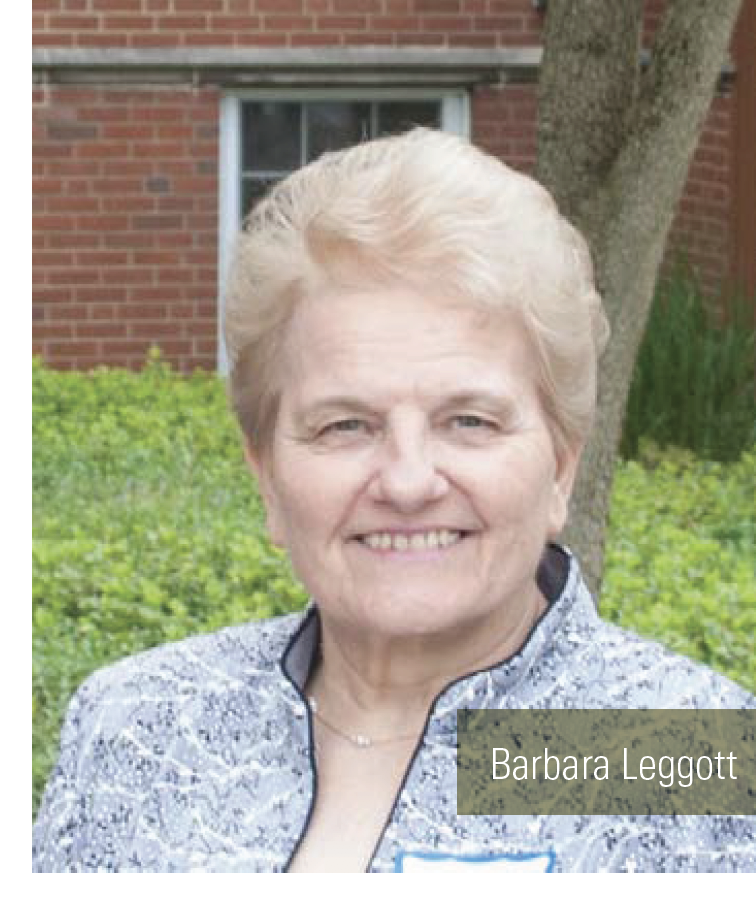
Leggott says, “It’s always a graced moment. You are where you’re supposed to be, and I just knew that. I prayed and discerned about coming back. I knew that I enjoyed what I was doing, but I wanted to be back at the retreat house.” She finds meaning in her work, as she reflects on the Jesuit mission: “I think it’s to help people
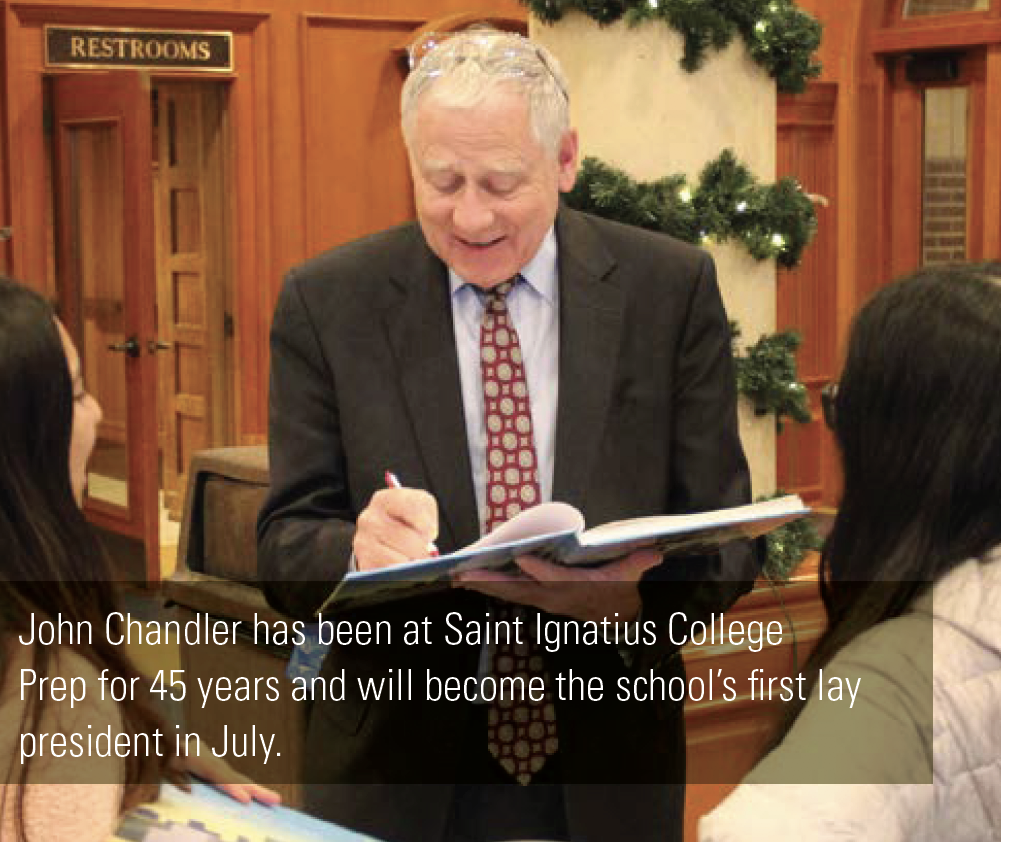
find God in all things, to slow down, to really listen, and grow in their spiritual lives.” The retreat center has designated one of the prayer paths as “Leggott Lane” in her honor. In addition to her time with the retreat center, Leggott has served as treasurer for the Saint Ignatius High School Jesuit Community in Cleveland for 25 years. “I am always surrounded by Jesuits,” she says.
Chandler, Glenn, Smolinski, and Leggott are just a few examples of the countless stalwart lay employees who serve as silent engines behind so many of the Jesuit works. Teachers, administrators, and administrative assistants may seem like ordinary careers to cycle through over the course of one’s professional life. But through a Jesuit affiliation, what may seem like ordinary work is transformed into God’s work. And given the fulfillment and joy that comes from such service, people tend to stick around.
